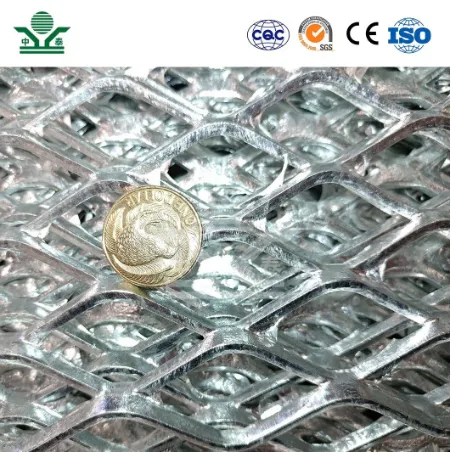Understanding How Sound Barriers Work
Sound barriers are an essential part of modern urban planning, particularly in areas where noise pollution poses a significant challenge to quality of life. These structures, often used in highways, railways, and near industrial sites, are designed to reduce the noise that travels from these sources into residential areas. But how exactly do sound barriers work? Let's delve into the science and engineering behind them.
The Basics of Sound
To comprehend how sound barriers function, we must first understand what sound is. Sound travels in waves, created by vibrating objects. As these waves propagate through the air, they can travel significant distances, particularly if there are few obstacles in their path. When sound waves encounter a solid object, such as a wall or a barrier, they can be absorbed, reflected, or transmitted. Sound barriers leverage these properties to minimize noise.
Design and Materials
The effectiveness of a sound barrier largely depends on its design, height, length, and the materials used in its construction. Materials commonly employed include concrete, wood, and specialized acoustic panels. These materials have unique properties that absorb or reflect sound waves.
1. Height and Length One of the primary factors influencing a sound barrier’s effectiveness is its height. A barrier needs to be tall enough to block the line of sight between the noise source and the receiver (like homes or schools). Barriers that are too short may not effectively reduce noise levels. Typically, a barrier must be at least 4 to 6 feet tall, though higher barriers are often more effective in mitigating noise. Along with height, the length of the barrier plays a crucial role; the longer the barrier, the better it can interrupt the sound wave's pathway.
2. Material Choice The choice of materials is also critical. Dense materials like concrete are effective at blocking sound due to their mass. Some materials may also be designed with acoustic properties that absorb sound waves rather than reflect them, which can further reduce noise levels. For instance, using sound-absorbing panels at critical locations can enhance the barrier’s performance.
how do sound barriers work

3. Surface Texture The surface texture can also influence sound reflection and absorption. Rough surfaces tend to scatter sound waves, which can be beneficial, while smooth surfaces may reflect sound in predictable ways, potentially allowing it to bounce toward areas that need protection.
Placement Strategy
The placement of sound barriers is another key element in their efficacy. Ideally, barriers should be situated as close to the noise source as possible. However, practical considerations, such as land use and property rights, often dictate their actual placement. In some cases, creating a natural sound buffer with trees or landscaping can complement the barriers and enhance their effectiveness.
Noise Reduction Mechanisms
Sound barriers work through two primary mechanisms diffraction and reflection. When sound waves hit a barrier, part of the wave is reflected back, while other parts may bend around the obstruction. This phenomenon, known as diffraction, can cause variation in the effectiveness of sound barriers depending on the angle and frequency of the sound waves. Lower frequency sounds have longer wavelengths and are more capable of diffracting around barriers than higher frequency sounds, which may be more effectively blocked.
Conclusion
In conclusion, sound barriers are a vital tool in controlling noise pollution in urban environments. Their effectiveness is the result of a combination of height, material, design, and strategic placement. By understanding how sound waves behave and how barriers can be constructed to interrupt these waves, urban planners and engineers can create more peaceful communities that better serve the needs of their inhabitants. As cities continue to grow and develop, the role of sound barriers will remain crucial for ensuring that residents enjoy a higher quality of life, free from the relentless intrusion of unwanted noise.
-
Turn Down the Noise: The Future of Highway Sound Barriers
NewsApr.09,2025
-
Silence the Sound: The Power of Highway Noise Barriers
NewsApr.09,2025
-
Reduce Road Noise Effectively with Highway Noise Barriers
NewsApr.09,2025
-
Noise-Free Living: How Highway Barriers Make a Difference
NewsApr.09,2025
-
Engineered for Silence: Highway Noise Barriers for Every Road
NewsApr.09,2025
-
Effective Noise Control: Highway Barriers for a Quieter Tomorrow
NewsApr.09,2025
Subscribe now!
Stay up to date with the latest on Fry Steeland industry news.

